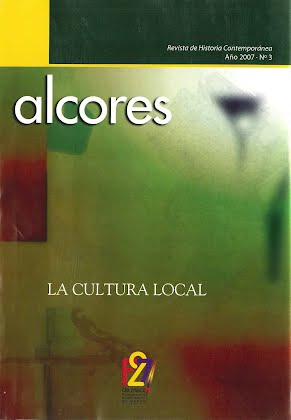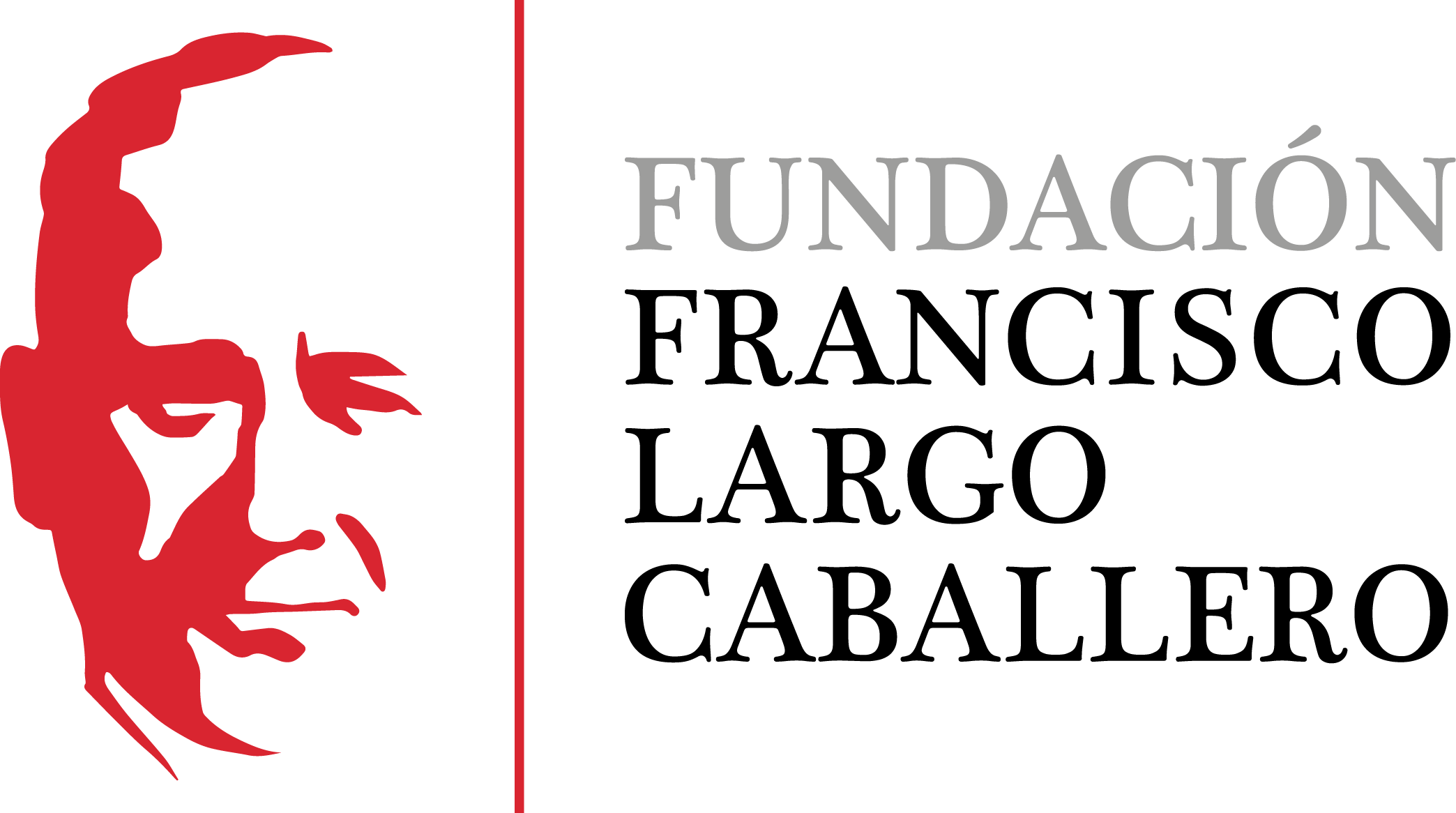Local History in the Ukrainian Historiography of the 19th and 20th century
DOI:
https://doi.org/10.69791/rahc.261Keywords:
Ukrainian history, Ukrainian historiography, national history, local history, Habsburg GaliciaAbstract
This article examined the relationship between the national narrative and local history in nineteenth and twentieth century Ukrainian historiography. It shows that, although thematically something that could be defined as «local history» was present in the Ukrainian historiography from its inception, its status was never the same as that of professional history subordinated to the national narrative. Following the collapse of Soviet Union local history has finally appeared as a serious methodological alternative appealing to the professional historians. This article examined the relationship between the national narrative and local history in nineteenth and twentieth century Ukrainian historiography. It shows that, although thematically something that could be defined as «local history» was present in the Ukrainian historiography from its inception, its status was never the same as that of professional history subordinated to the national narrative. Following the collapse of Soviet Union local history has finally appeared as a serious methodological alternative appealing to the professional historians.
Downloads
Global Statistics ℹ️
|
37
Views
|
17
Downloads
|
|
54
Total
|
|
Downloads
Published
How to Cite
Issue
Section
License
Copyright (c) 2008 Andriy Zayarnyuk

This work is licensed under a Creative Commons Attribution 4.0 International License.
Alcores is an open-access journal. It provides unrestricted access to its content from the moment of publication. We respect intellectual property rights, and for this reason, the author retains the copyright. All content is distributed under a Creative Commons Attribution 4.0 International (CC BY 4.0) license. The terms of the license can be consulted at: https://creativecommons.org/licenses/by/4.0/
This license allows sharing (copying and redistributing the material in any medium or format) and adapting (remixing, transforming, and building upon the material for any purpose), provided that authorship and first publication in this journal are properly credited, a link to the license is included, and any changes made are indicated.
This type of license facilitates the freedom of reuse and ensures that the content of this journal can be used to meet research needs.





